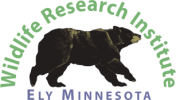Tasha, RC, Birds, and Bear Poop - UPDATE April 30, 2017
In the woods near the Wildlife Research Institute, I saw RC and her yearlings where they would expect to see me, and they were wary but fairly calm. RC ate from my hand there. 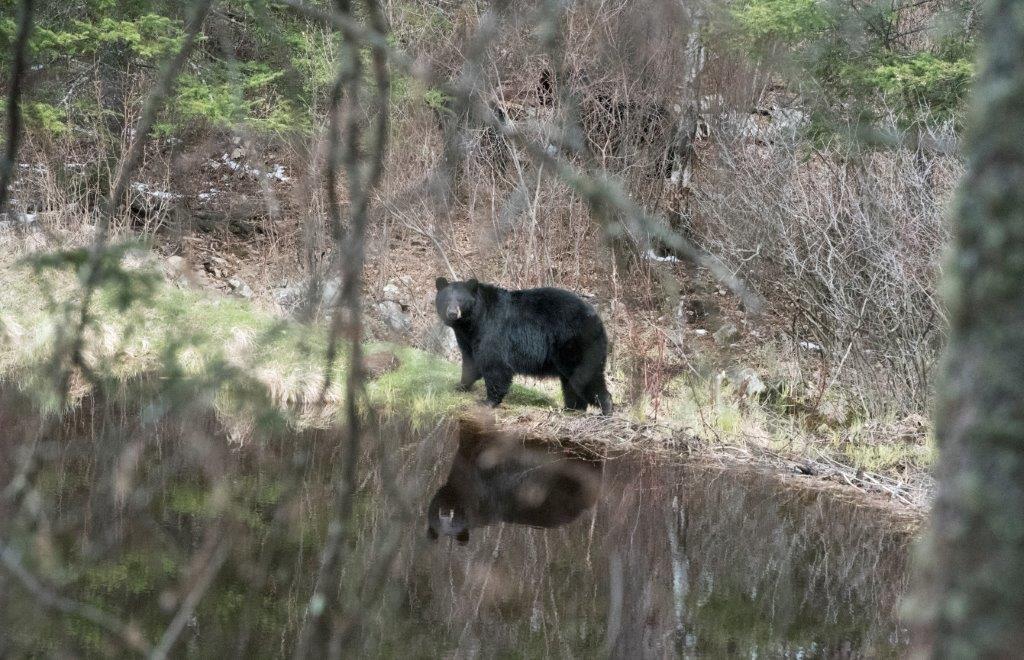 RC reflected in the waterLater, I saw them in the woods where they would not expect me, and the yearlings climbed a white pine for safety. They moved across a stream. With a long lens, I saw RC pause to look in my direction where I was shooting through brush across a bay. The light faces of RC’s yearlings make me suspect that Big Harry had a hand in this somehow. RC, now 18, has always been a nervous, wary bear out in the woods away from the feeding stations in this community.
RC reflected in the waterLater, I saw them in the woods where they would not expect me, and the yearlings climbed a white pine for safety. They moved across a stream. With a long lens, I saw RC pause to look in my direction where I was shooting through brush across a bay. The light faces of RC’s yearlings make me suspect that Big Harry had a hand in this somehow. RC, now 18, has always been a nervous, wary bear out in the woods away from the feeding stations in this community.
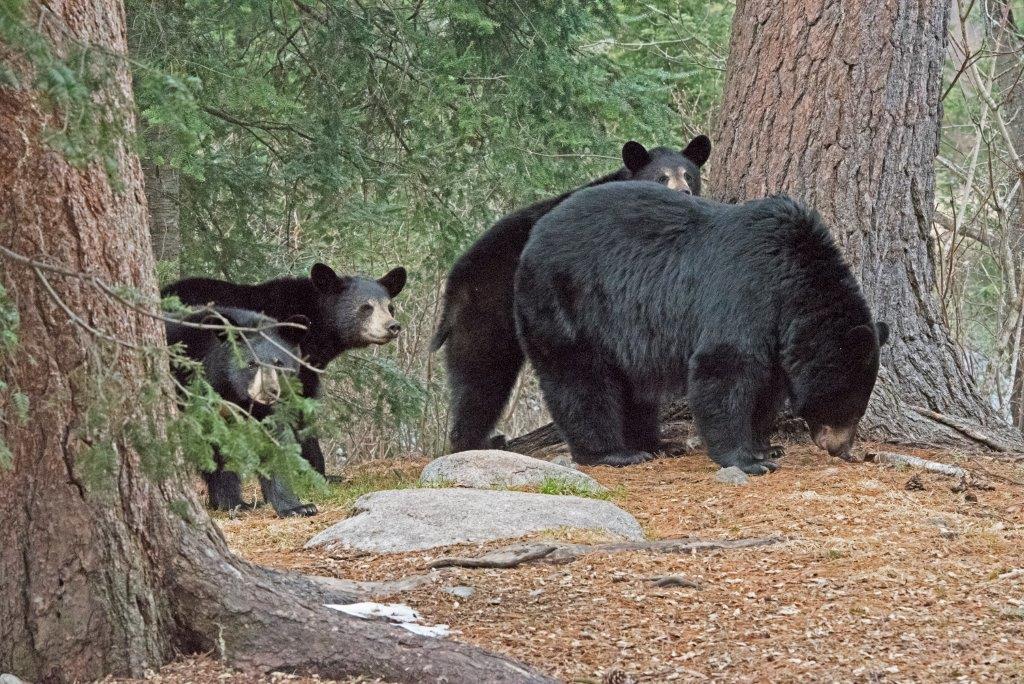 RC and yearlingsThe idea that bears who obtain food from people get addicted is being turned on its head not only by our study, but by a 6-year study being completed in Colorado. Veteran writer Jill Ferguson wrote about it recently in this article in which she also seeks input from a few bear experts https://sierraclub.org/sierra/green-life/good-news-bears.
RC and yearlingsThe idea that bears who obtain food from people get addicted is being turned on its head not only by our study, but by a 6-year study being completed in Colorado. Veteran writer Jill Ferguson wrote about it recently in this article in which she also seeks input from a few bear experts https://sierraclub.org/sierra/green-life/good-news-bears.
Within minutes after RC disappeared, an adolescent female, probably two or three years old appeared. She was wary, constantly looking around her with the smell of RC fresh in the air. I’m sure she is the daughter of a bear we know well, but I’m not sure which one at this point. The picture of her striding confidently toward me with her eyes scanning her surroundings characterizes my first meeting with this nice bear this year. Her hair is standing up on her neck, but with bears that means nothing. 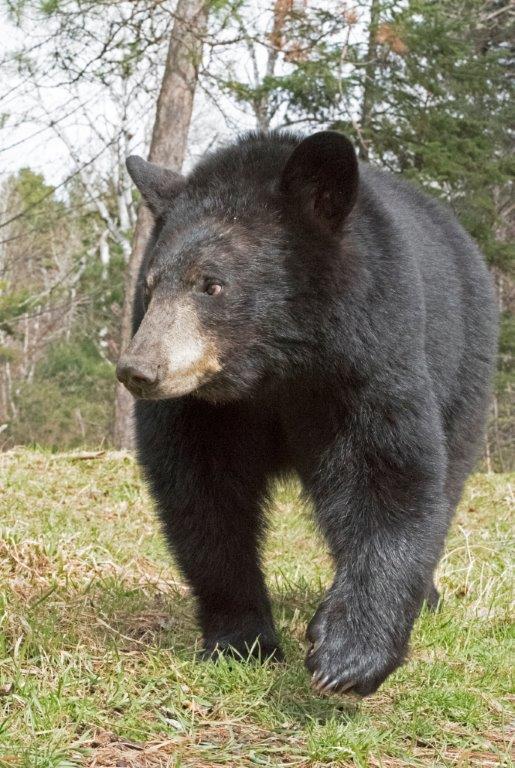 Unknown femaleTheir hair stands straight up when the underfur grows in during late summer and fall. When shed in late spring and early summer, they have smooth hair lying down on their sides but long unshed hairs standing up down their back, looking like an agitated dog. These are just the last hairs to be shed.
Unknown femaleTheir hair stands straight up when the underfur grows in during late summer and fall. When shed in late spring and early summer, they have smooth hair lying down on their sides but long unshed hairs standing up down their back, looking like an agitated dog. These are just the last hairs to be shed. 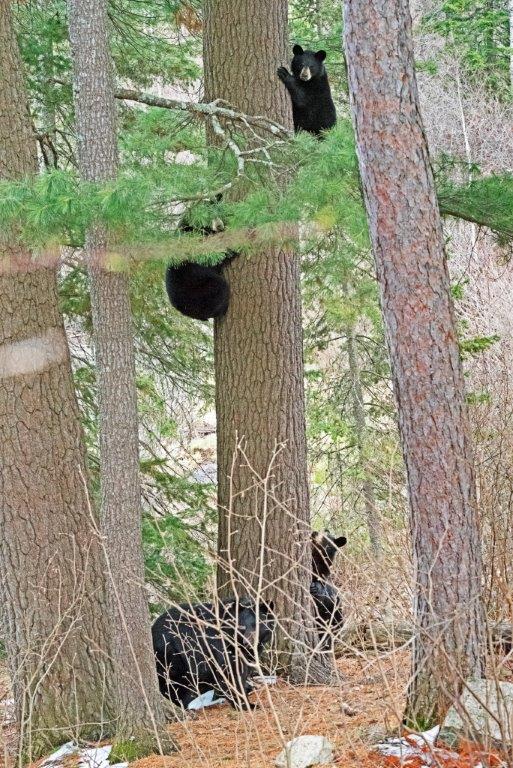 RC with yearlings in pineThey are longer than the other hairs and are still being propped up by underfur. The hair down the top of their neck and spine are the last hairs to be shed.
RC with yearlings in pineThey are longer than the other hairs and are still being propped up by underfur. The hair down the top of their neck and spine are the last hairs to be shed.
In Rocky Mountain National Park, officials planted bear poop in a greenhouse to see what would grow. They wrote, “There have been ~1200 seedlings of both Oregon-grape and Chokecherry that have sprouted from the scat. Animals are great seed dispersers and of course what comes in one way goes out the other. After defecation, seeds are left in a rich, moist medium that nourishes the growing seedling.” I was glad to see that confirmation of my 1983 study https://www.bearstudy.org/website/images/stories/ Publications/Dispersal_of_Fruit_Seeds_by_Black_Bears.pdf . The Rocky Mountain National Park study shows once again that black bears are important dispersers of seeds. One comment following the report said: I have been relocating bear scat for years and years, placing the scat where we wanted wild fruit bearing plants to grow. Works great ! Another comment said: Excellent! Clever idea. Seedling that comes with its own fertilizer and nutrients.
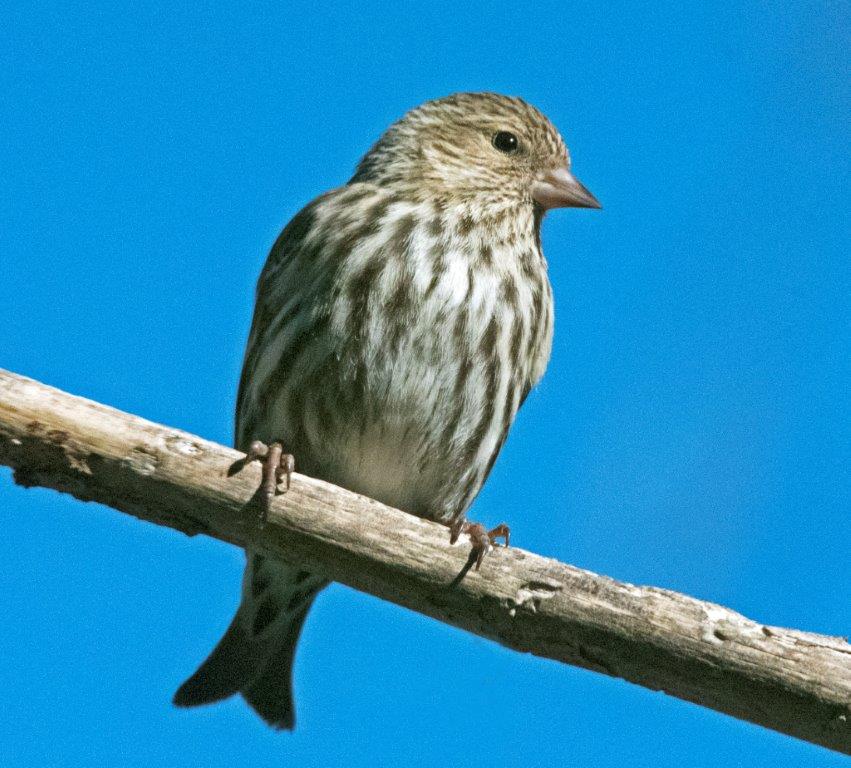 Pine siskin Pine siskin |
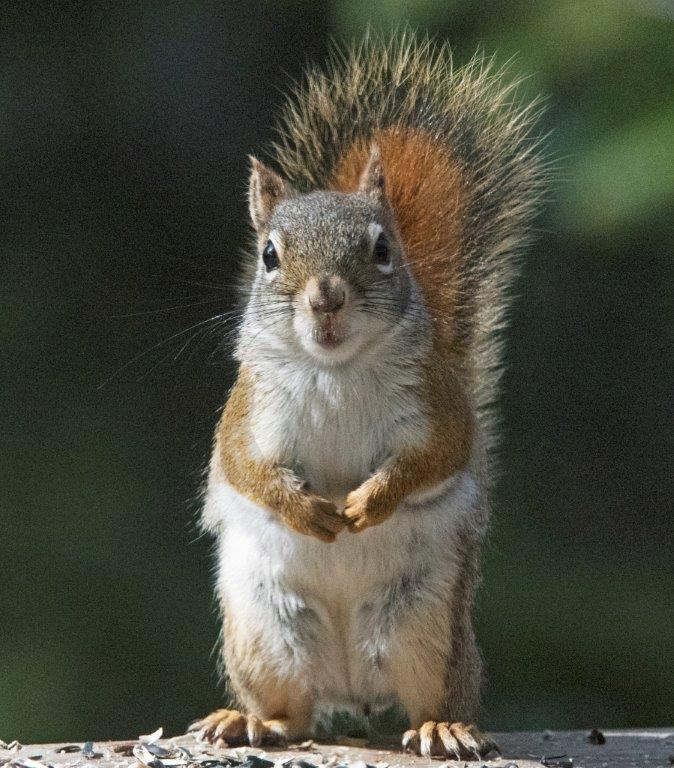 Red squirrel Red squirrel |
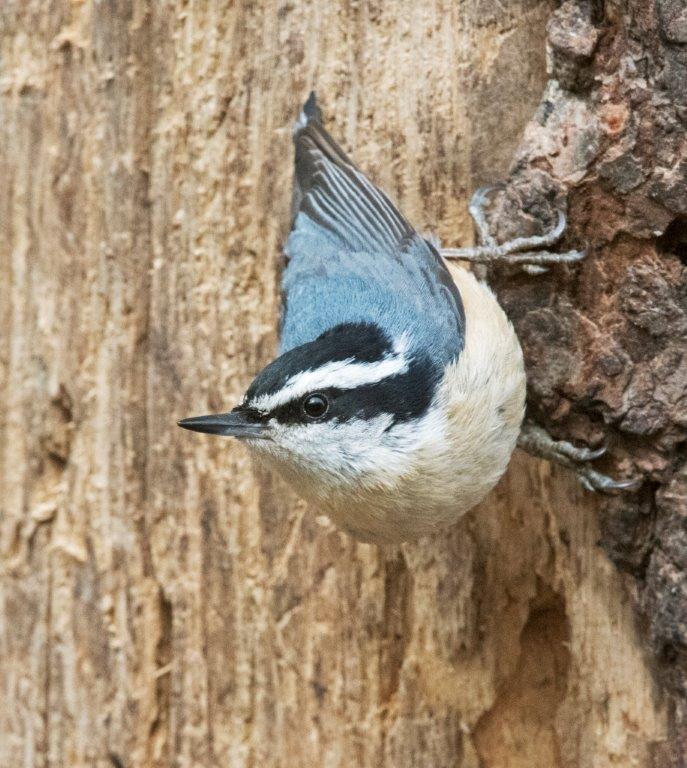 Red breasted nuthatch Red breasted nuthatch |
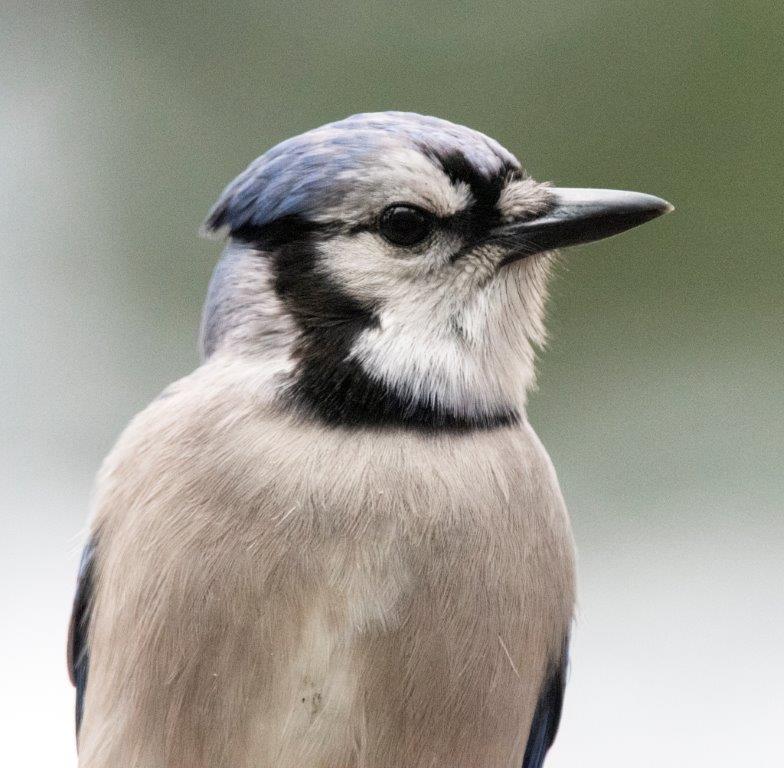 Blue jay Blue jay |
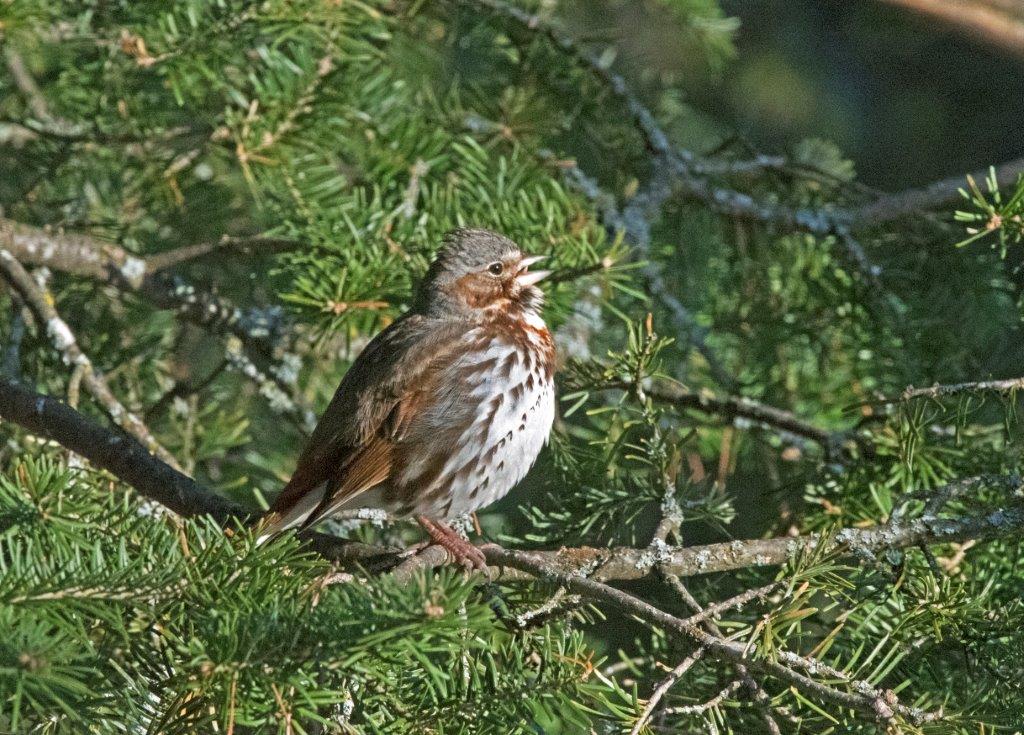 Fox Sparrow Fox Sparrow |
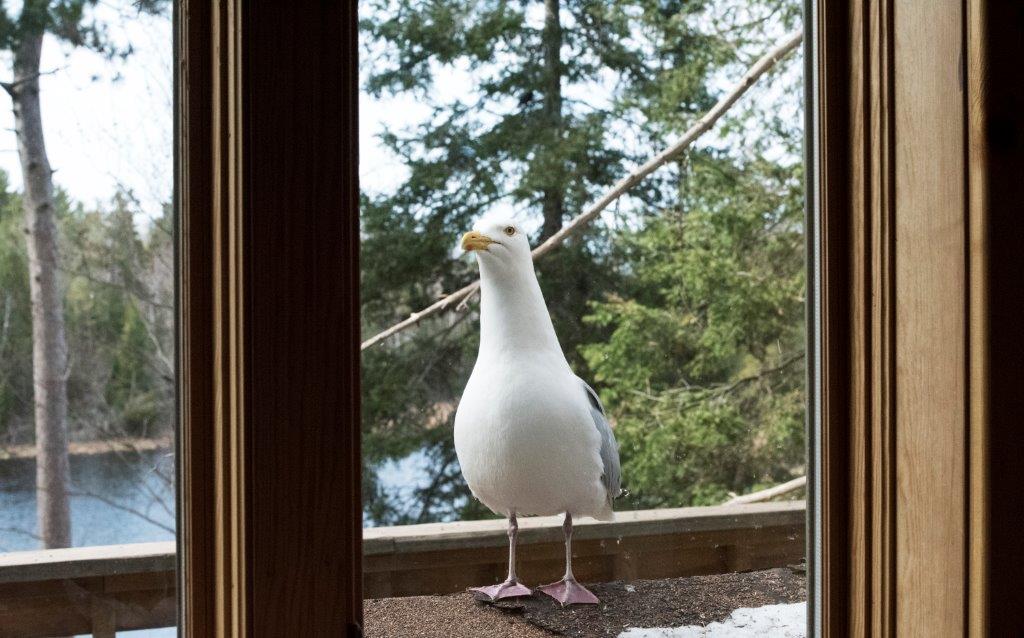 Herring gull Herring gull |
Birds are also good dispersers of seeds, of course. Early in my schooling, I wanted to go to Cornell University and study birds, but then I got into bears and couldn’t quit. I’d been a bird watcher ever since I was little. But these days, the birds are watching me. I have no privacy. At my desk, gulls stand by the window and watch me work. When I point a camera through the window, I see birds looking back at me. Even the squirrels do that. Here’s proof. Also included is a fox sparrow singing that was taken yesterday.
A Lily Fan captured a video of Tasha and the gang in action https://www.youtube.com/watch?v=YqfCmYbb48s .
Thank you for all you do.
Lynn Rogers, Biologist, Wildlife Research Institute and North American Bear Center
